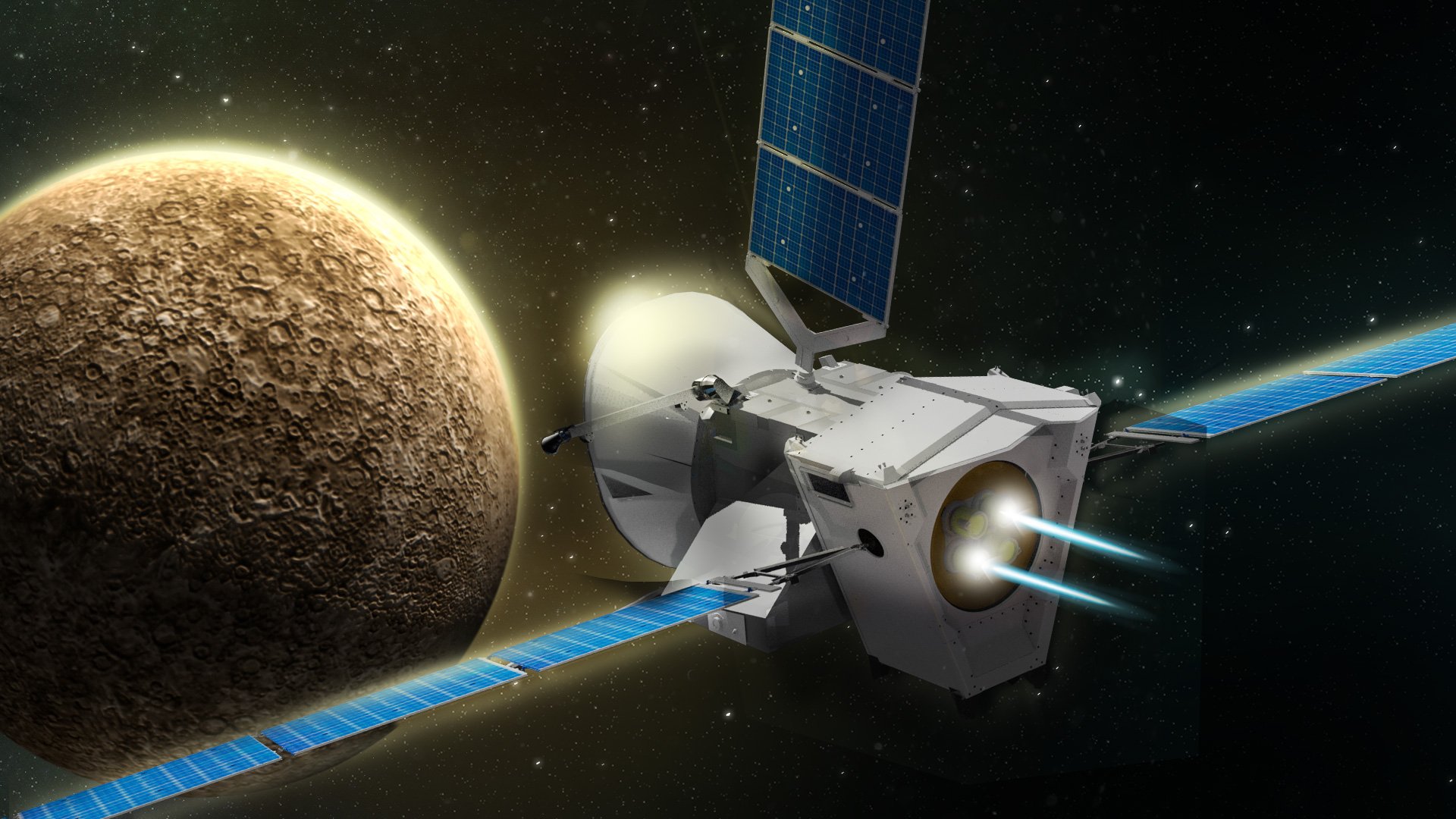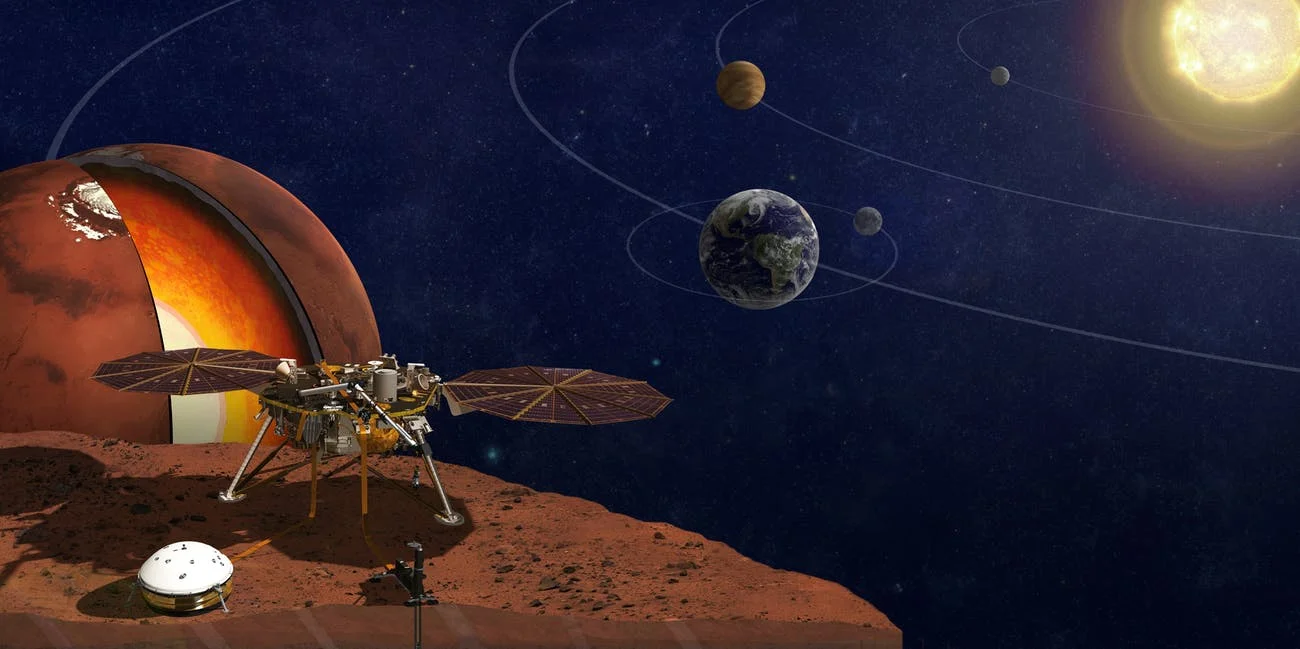R.I.P. Kepler, Our Planet-Hunting Telescope
Artist’s Impression of the Kepler Telescope. Image Credit: NASA
By now, you’ve probably heard that Kepler has finally run out of fuel - despite lasting five years longer than originally planned.
Kepler was launched in 2009 and was only designed to last three and a half years, however scientists discovered a workaround and kept the telescope in operation for more than twice its intended lifespan, making Kepler one of the most successful missions ever launched, exceeding expectations of everyone who worked on the project.
What exactly was Kepler looking for?
Planets. It’s no mystery that the universe is massive, and many astrophiles are firm in the belief that we are not alone in the universe. The first step to proving that is to find planets that contain similar characteristics to Earth, such as size, shape, and proximity to its star (otherwise known as the “Goldilocks zone”). As of today, there are more than 3,800 known exoplanets and over 2,700 of those were discovered by Kepler, including Kepler-16b - undoubtedly exciting Star Wars fans around the globe.
Confirmed small exoplanets in habitable zones (Kepler-62e, Kepler-62f, Kepler-186f, Kepler-296e, Kepler-296f, Kepler-438b, Kepler-440b, Kepler-442b). Image Credit: NASA Ames/W Stenzel
How can I find more information about the planets that Kepler discovered?
The best part about science is that there’s nothing to hide - data is data, and the more people who are informed, the better. The Barbara A. Mikulski Archive for Space Telescopes houses ALL of Kepler’s data on thousands of planets outside of our solar system. It’s a bit complicated to navigate, but the sheer amount of information available is staggering. You can also find additional information at the NASA Exoplanet Archive. Five planets that Kepler found were more than twice as old as Earth. “These planets formed at the beginning of the formation of our galaxy,” says William Borucki, Kepler’s principal investigator.











